Yuko Mohri’s living installations play on Marcel Duchamp’s surrealism
The artist’s seven new works on show at Milan’s Pirelli HangarBicocca explore the real and imaginary connections that run through society
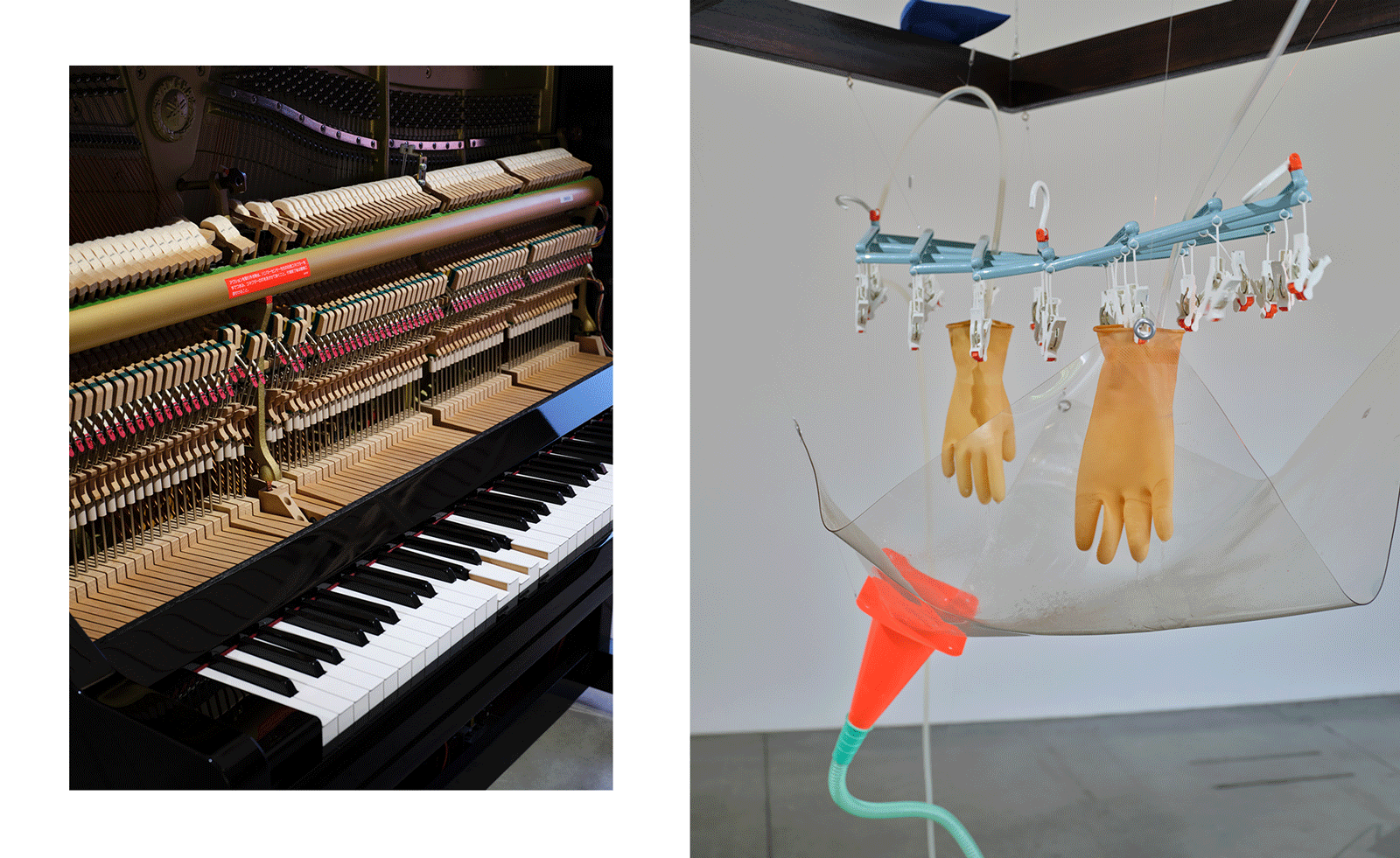
Yuko Mohri’s living, breathing installations are feats of innovation. At the 2024 Venice Biennale, her work Compose at the Japan pavilion featured rotting fruit, kinetic sculpture and a host of vessels connected by thin tubes, filling the space with scent, sound, and light. Her inspiration comes from moments of everyday ingenuity; for example, the resourceful homemade water-catching devices used against leaks throughout Tokyo’s subway system. ‘Entanglements’, her new show at Milan’s Pirelli HangarBicocca, presents seven existing works within the 4,000 sq m space, exploring how seemingly disconnected pieces react to one another within the same environment. This reflects more broadly on the invisible links and interactions between living and inanimate things in the world.
‘There was a time when I often found myself thinking about cables,’ the Japanese artist says, discussing the exhibition’s concept and title. ‘You know how USB cables, power cords, and extension leads at home always seem to get tangled up in drawers or boxes? At one point, I started making drawings based on that tangled state, wanting to think about it positively rather than seeing it as a nuisance. Later, I learned that the word “entanglement” is also used in quantum mechanics, and I was astonished by how mysterious the world really is.’
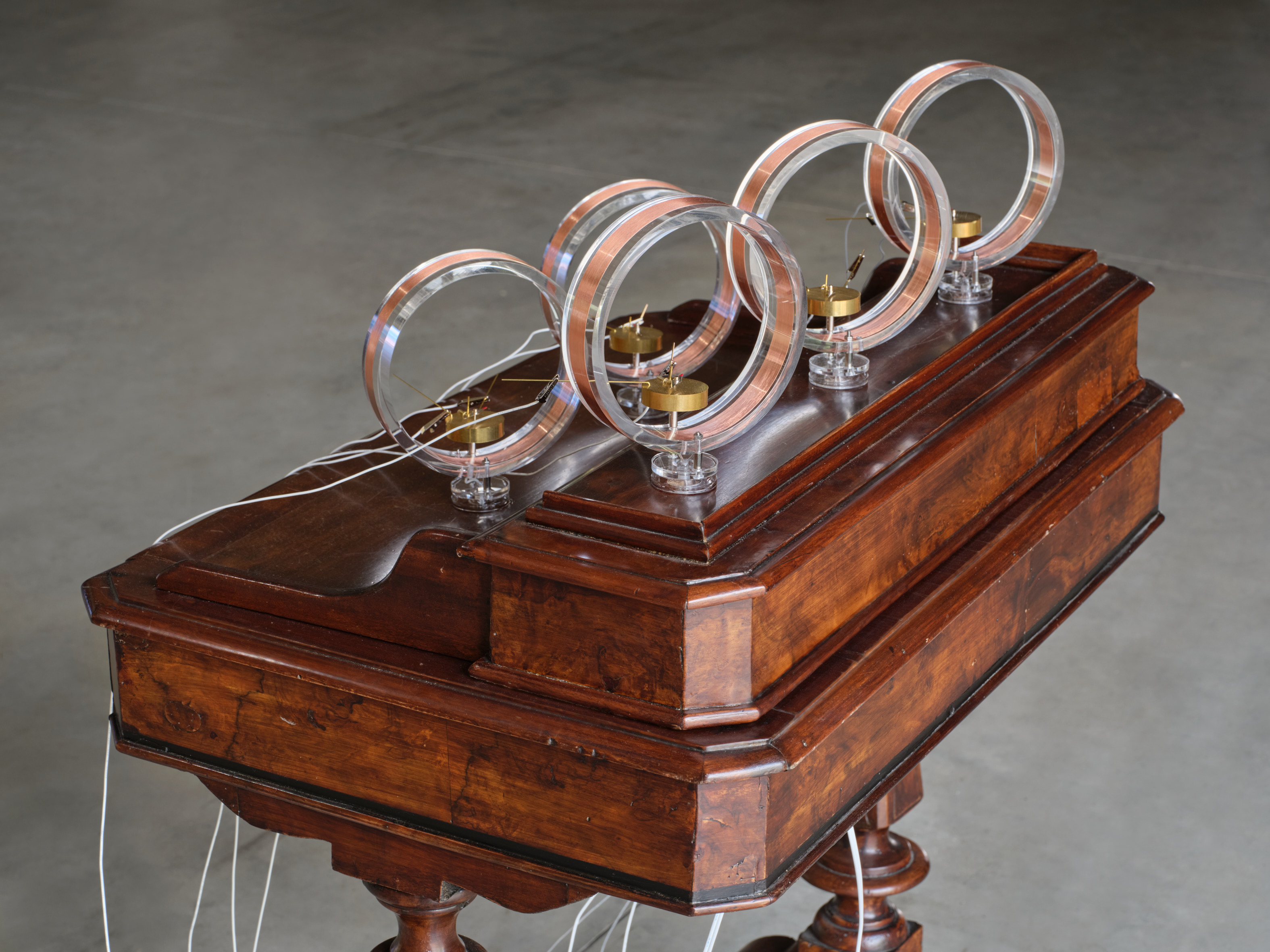
Yuko Mohri, ‘Entanglements’, exhibition view, Pirelli HangarBicocca, Milan, 2025
While Mohri’s creative eye expands far beyond the limits of art, her practice is also rooted in the groundbreaking work of those who have come before her. She cites the French Dadaist Marcel Duchamp as an inspiration. ‘When I saw The Large Glass in Philadelphia, I was surprised by how handmade it felt – far more than I’d expected – and I felt a sudden sense of connection with it.’ The South Korean artist Nam June Paik, who is recognised as foreseeing the big questions of the digital age, has also had an impact, as has the experimental Fluxus movement, whose performances were rooted in process over final, polished result. ‘What resonates with me is not the pursuit of perfection through flawless technique, but rather the rough assembly of something previously unseen using simple, familiar materials,’ she says.
Much of Mohri’s process is intuitive, responding to the particular environment and architecture of her exhibiting space, and often sourcing items locally – the fruit for Compose, for example, was selected from Venice markets. Many of her pieces ebb and flow throughout their showing, parts decomposing or building up. Unexpected changes in the work allow for it to come alive in ways that expand her own perspective. ‘I always wish I could plan more carefully,’ she says. ‘But in my experience, even when I’ve planned everything out in detail, I inevitably discover new aspects of the exhibition space during the installation – and things stop going according to plan. When that happens, I don’t see it as a failure. Often, those moments allow the work to evolve in meaningful ways.’
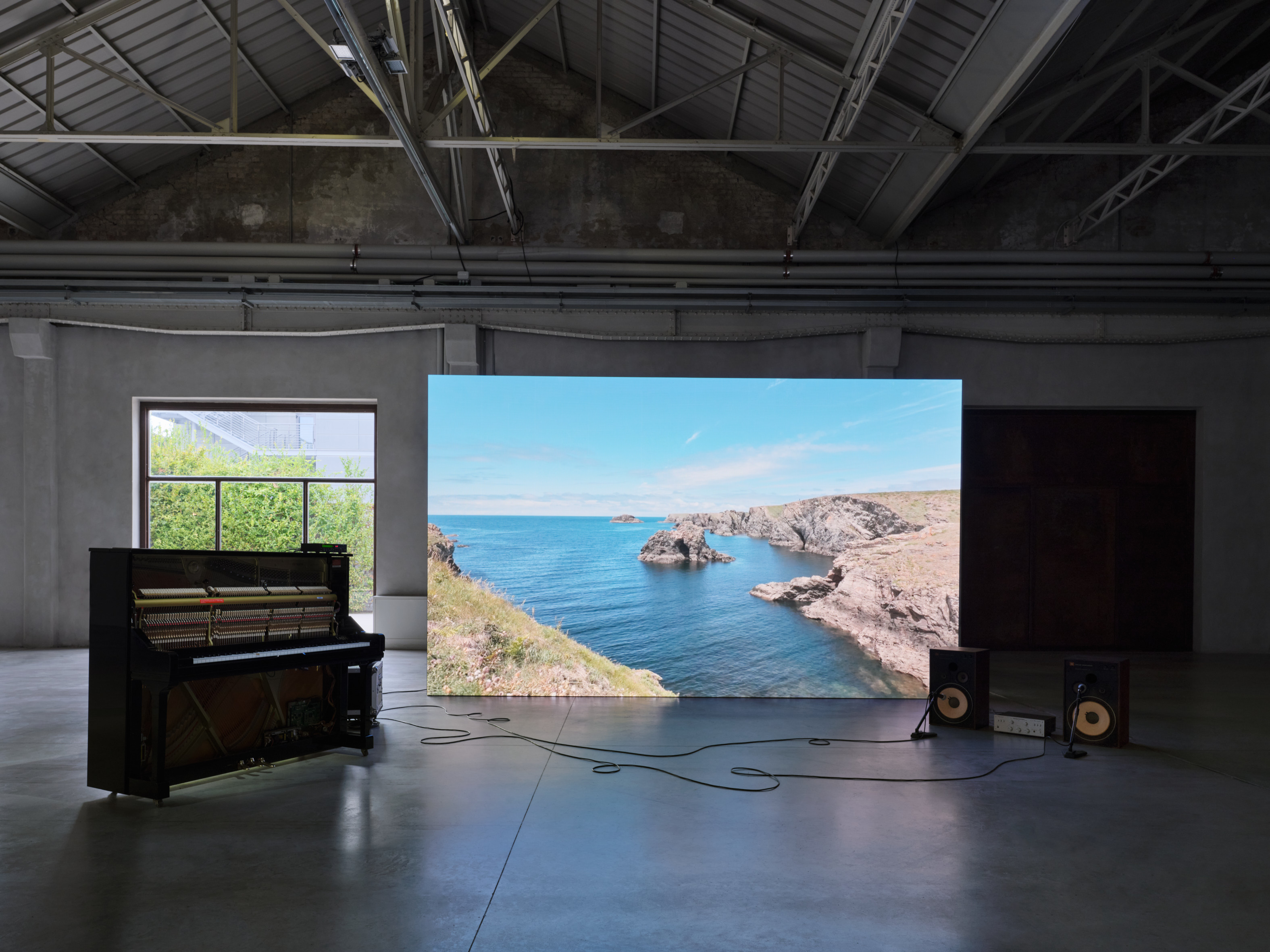
Yuko Mohri, ‘Entanglements’, exhibition view, Pirelli HangarBicocca, Milan, 2025
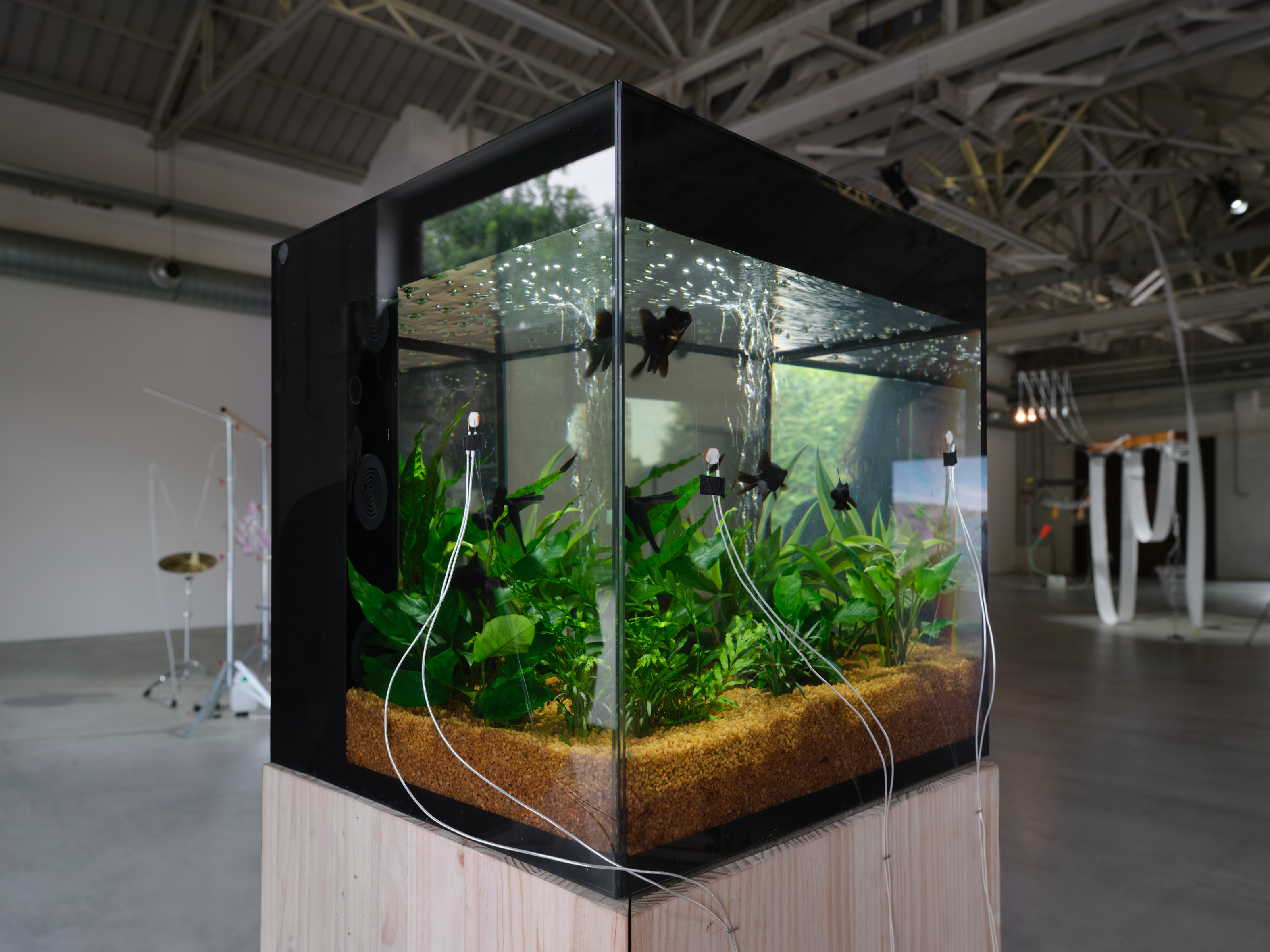
Yuko Mohri, ‘Entanglements’, exhibition view, Pirelli HangarBicocca, Milan, 2025
Her works encourage a bodily response in their viewers. For last year’s show at Artizon Museum in Tokyo, she decided to leave out long explanatory texts, instead allowing visitors to ‘open their senses and simply pay attention to what they could see, hear, and feel in the space’. Mohri hopes this may provoke a sense of familiarity as people recognise the sights and smells of her everyday items. ‘Children and pets brought along by adults seem to enjoy the work without needing any additional information,’ she laughs.
This experience will be encouraged at Pirelli HangarBicocca, in which viewers will encounter a cacophony of works, sounds, smells and sights. ‘Although the space may seem chaotic at first, I believe that viewers – as observers in a physical sense – might witness a moment of chemistry; a sense of order, a hidden law, or even a kind of tear in the world might emerge,’ she says. ‘If viewers come away with a sense that the sensations they’re feeling are connected to the complexities of language, matter, and life – and if they begin to imagine that there are many other ways of seeing the world beyond what they already know – then I couldn’t be happier.’
Yuko Mohri, ‘Entanglements’, at Pirelli HangarBicocca until 11 January 2026, pirellihangarbicocca.org
Receive our daily digest of inspiration, escapism and design stories from around the world direct to your inbox.
Emily Steer is a London-based culture journalist and former editor of Elephant. She has written for titles including AnOther, BBC Culture, the Financial Times, and Frieze.
-
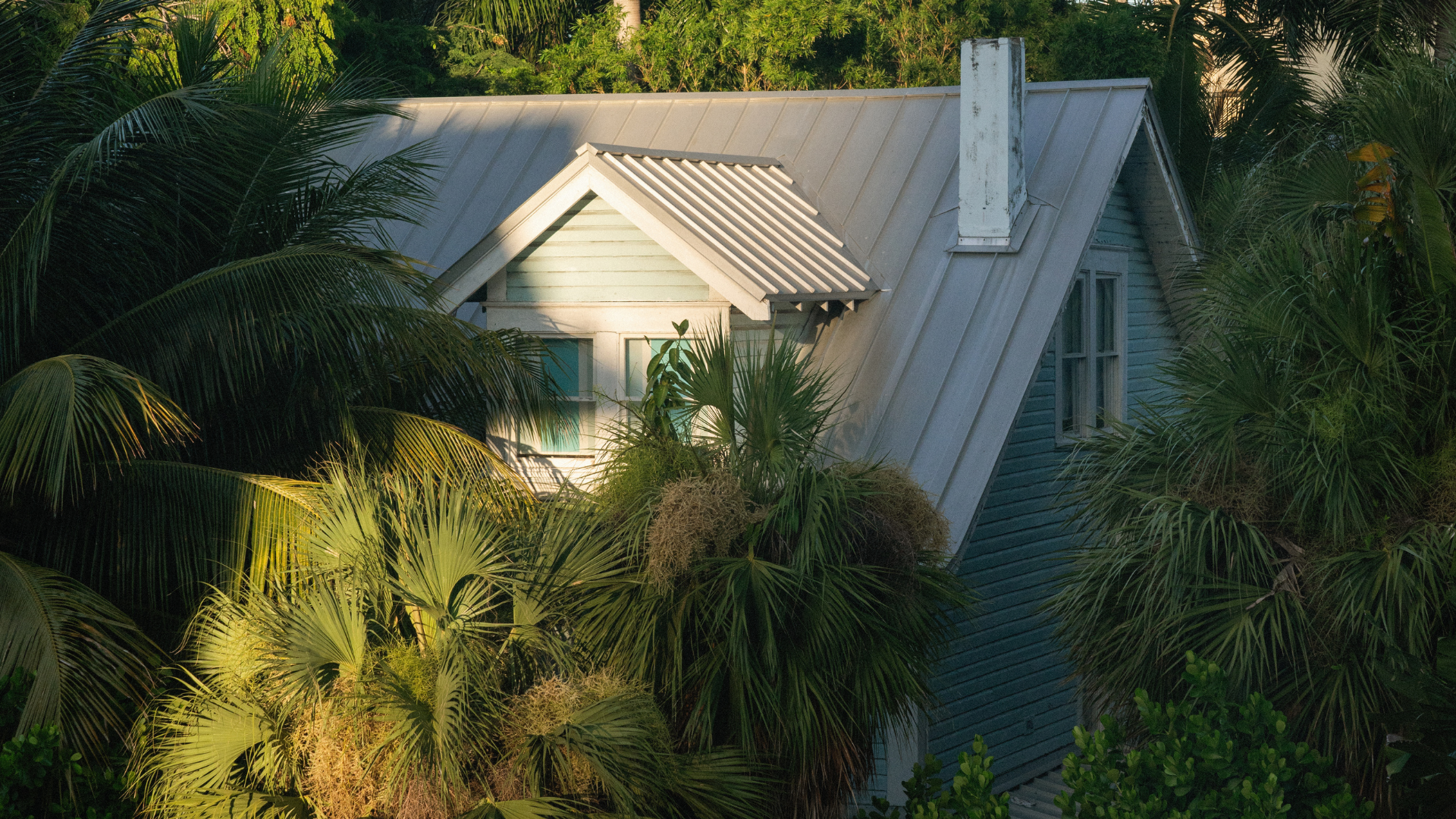 Didn't make it to Alcova Miami this year? These are our 10 favourite things
Didn't make it to Alcova Miami this year? These are our 10 favourite thingsAt the third US edition of the exhibition, designers reinterpreted ancient traditions, artfully refracted light and encouraged sexual exploration
-
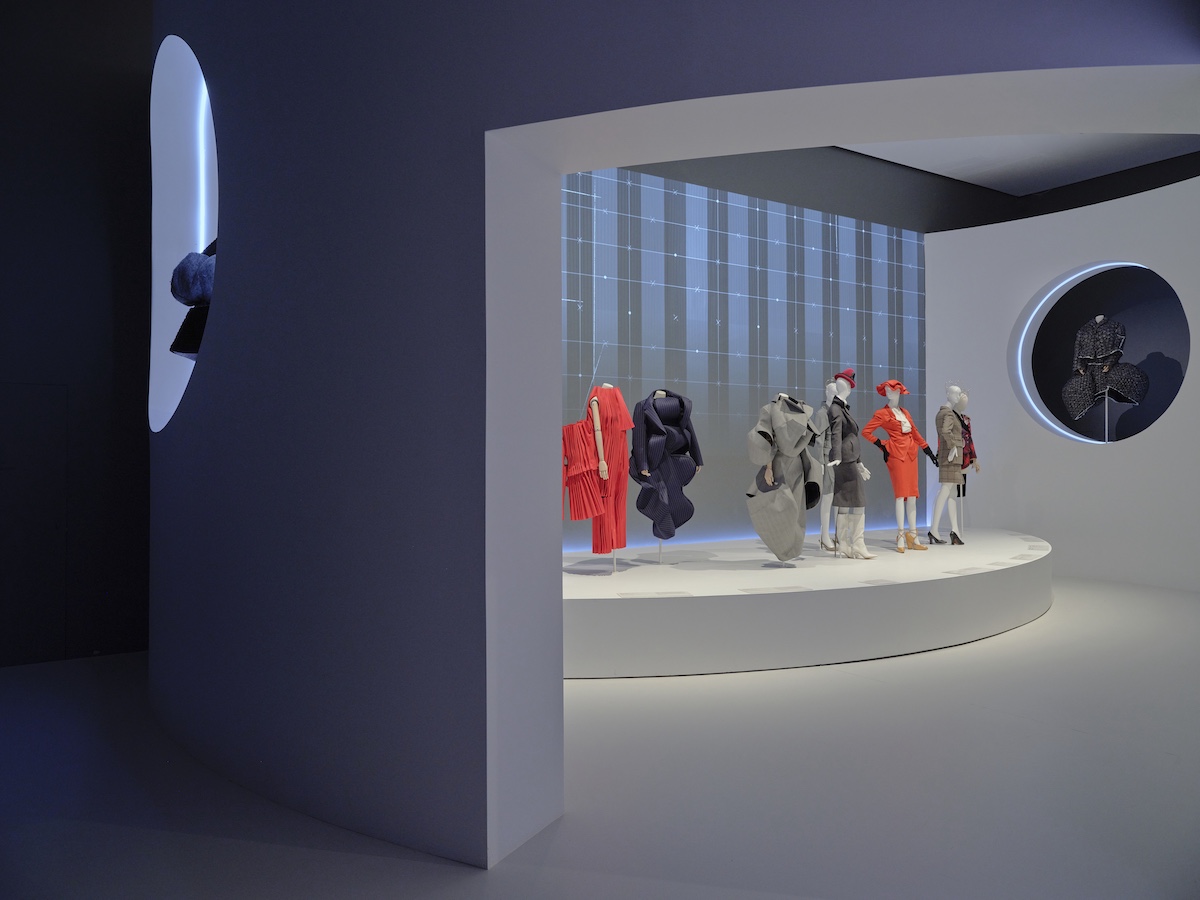 Inside the Melbourne exhibition which puts fashion renegades Rei Kawakubo and Vivienne Westwood in conversation
Inside the Melbourne exhibition which puts fashion renegades Rei Kawakubo and Vivienne Westwood in conversation‘Westwood Kawakubo’ at the National Gallery of Victoria (NGV) in Melbourne draws on the designers’ shared ‘spirit of rebellion’, curators Katie Somerville and Danielle Whitfield tell Wallpaper*
-
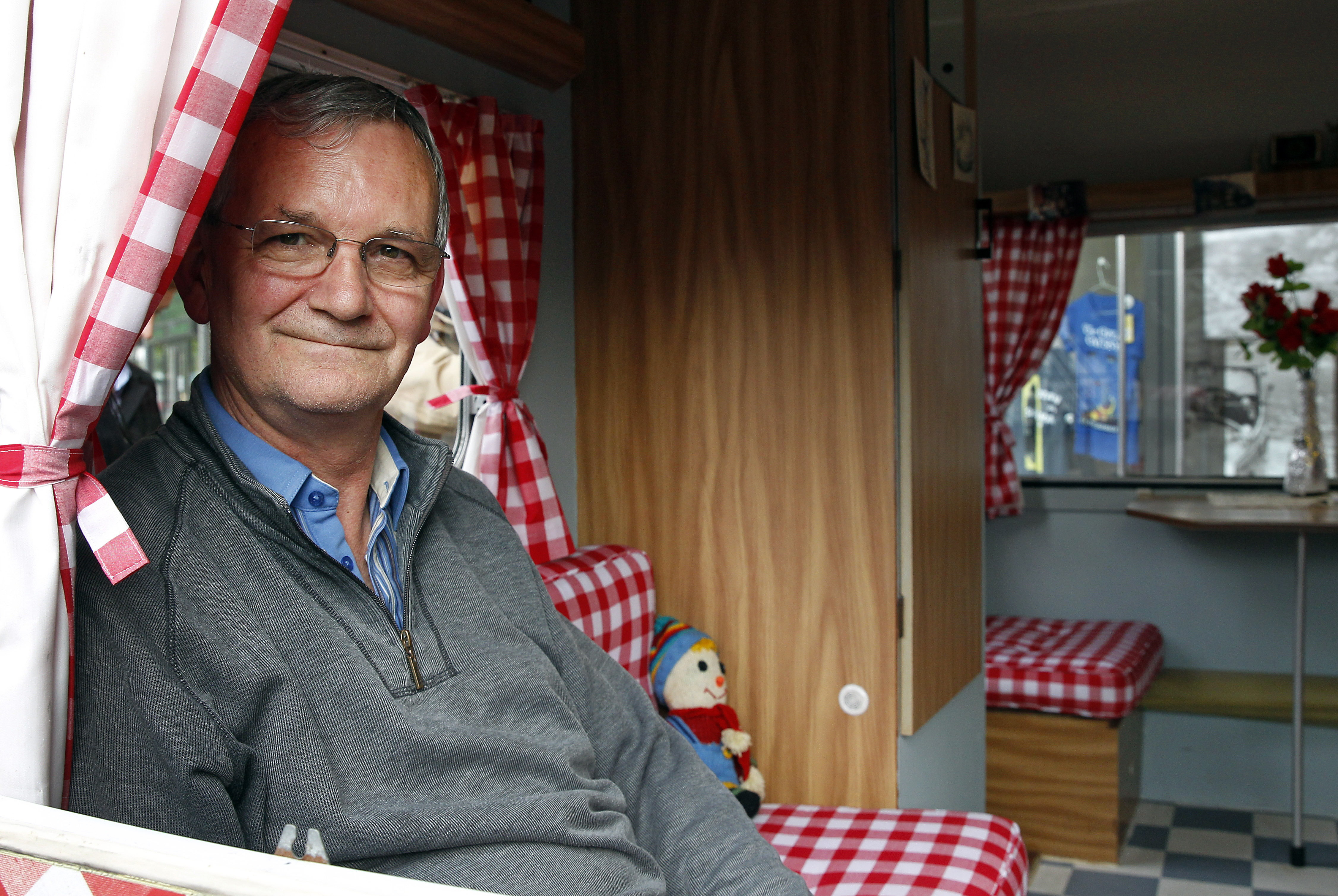 Remembering Martin Parr, astute documenter of the human condition
Remembering Martin Parr, astute documenter of the human conditionMartin Parr, a giant of photography, has died aged 73
-
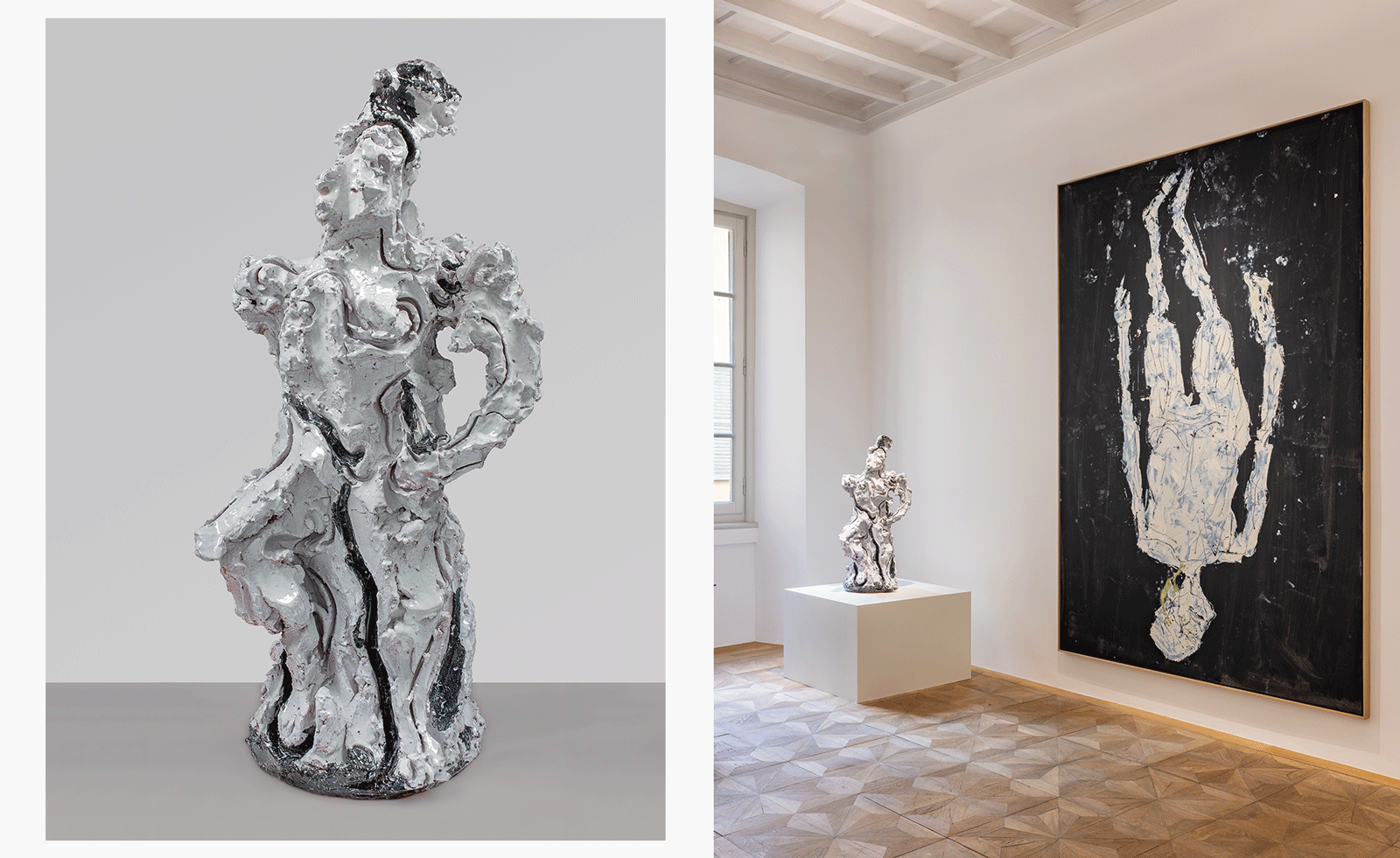 What to expect from Thaddaeus Ropac’s new Milan gallery
What to expect from Thaddaeus Ropac’s new Milan galleryA stalwart among European galleries, Thaddaeus Ropac has chosen an 18th-century palazzo for its first venture into Milan
-
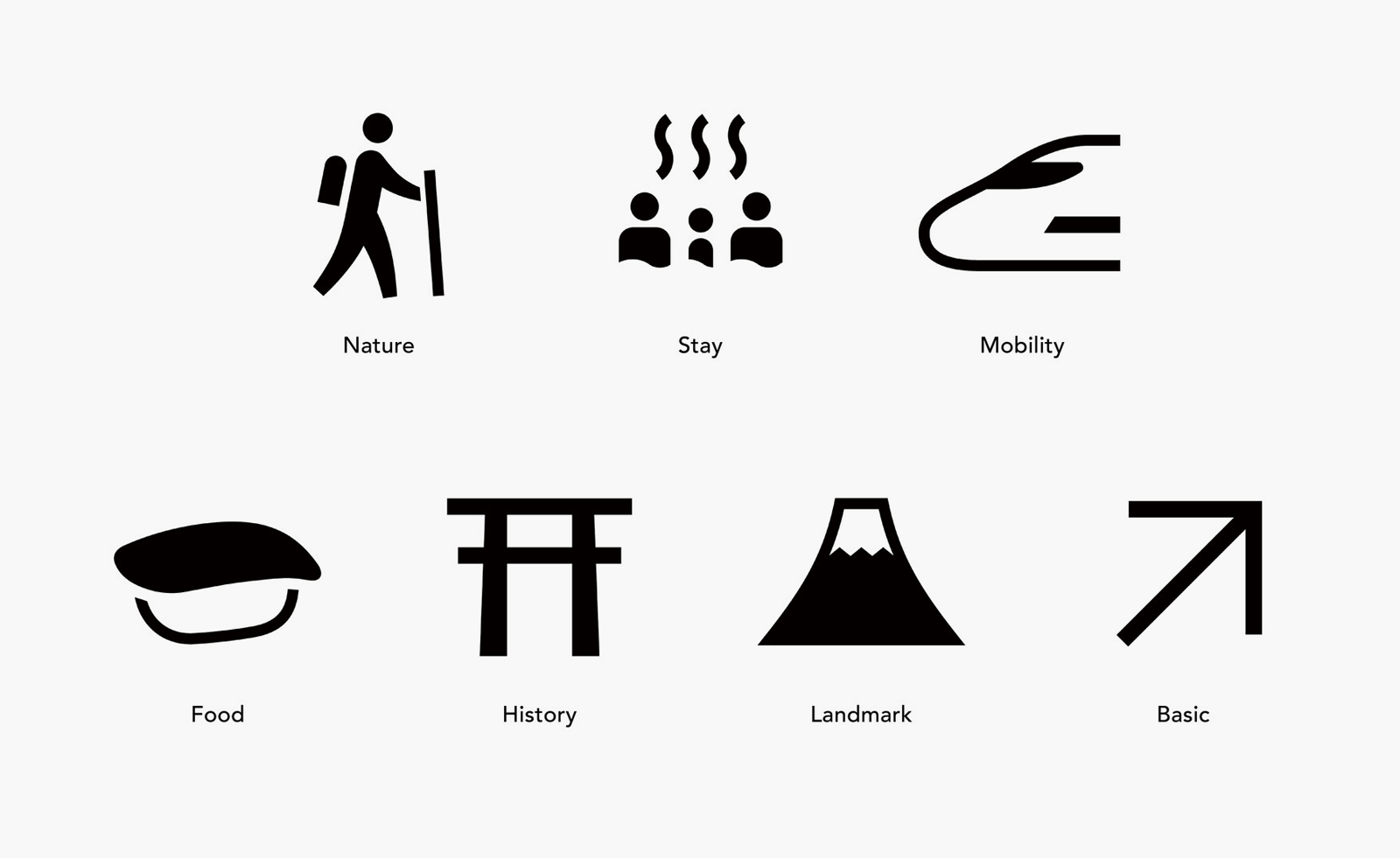 Get the picture? A new exhibition explores the beautiful simplicity of Japanese pictograms
Get the picture? A new exhibition explores the beautiful simplicity of Japanese pictogramsThe simple, minimalist forms of a pictogram are uniquely Japanese, as new exhibition 'Pictograms: Iconic Japanese Designs' illustrates
-
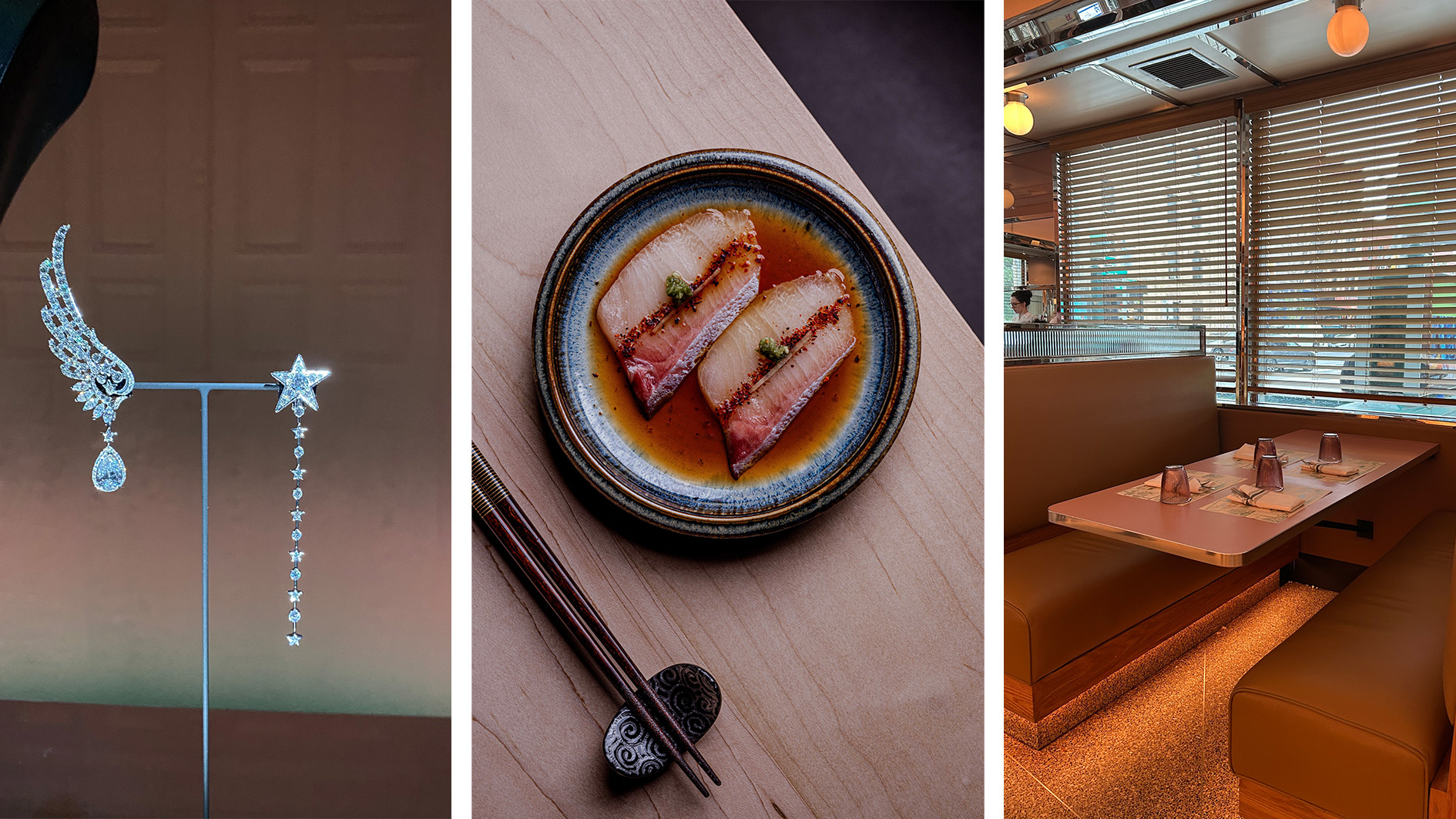 Out of office: the Wallpaper* editors’ picks of the week
Out of office: the Wallpaper* editors’ picks of the weekIt was a jam-packed week for the Wallpaper* staff, entailing furniture, tech and music launches and lots of good food – from afternoon tea to omakase
-
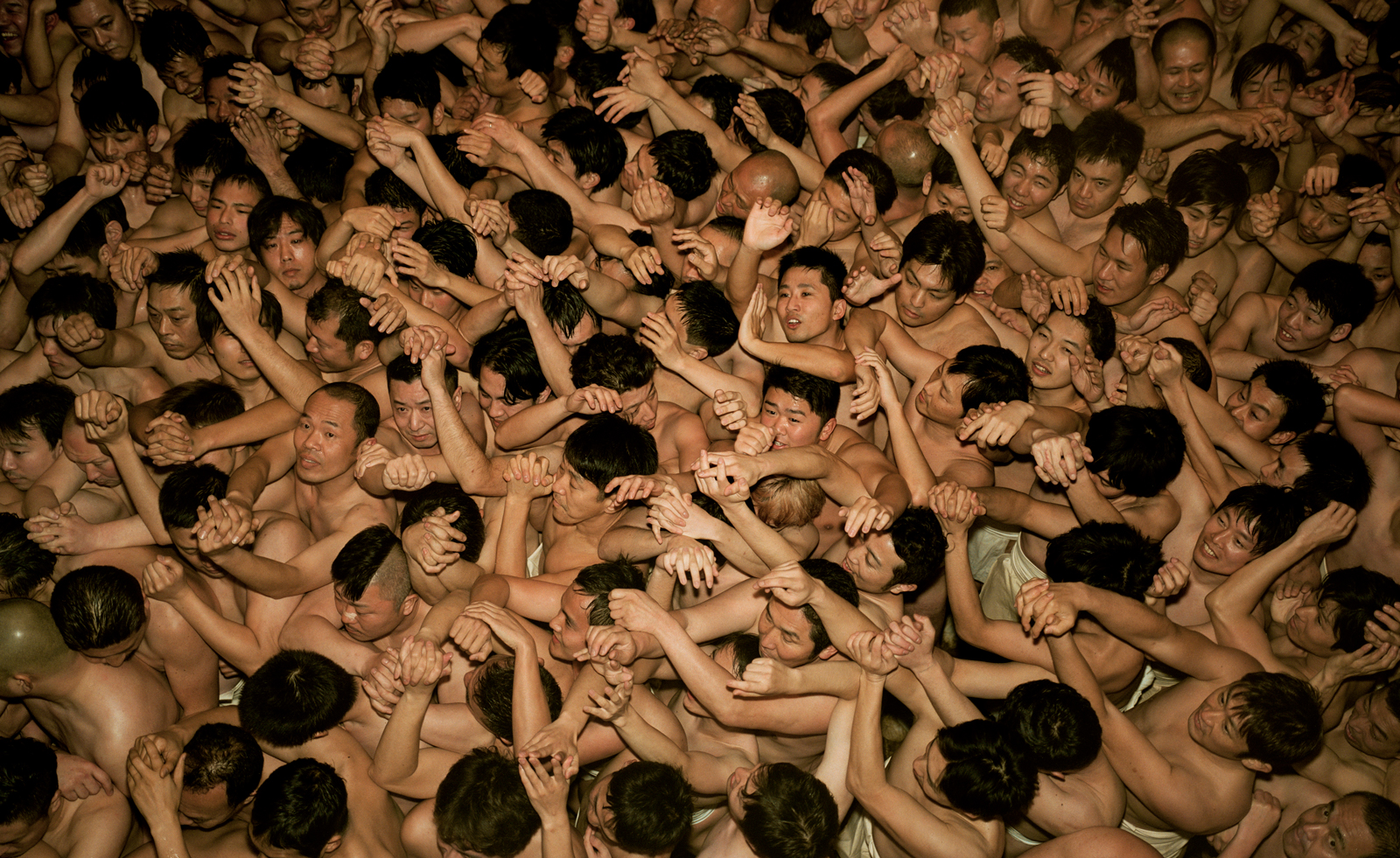 Inside Kyotographie, Japan’s world-renowned photography festival
Inside Kyotographie, Japan’s world-renowned photography festivalKyotographie 2025 embraces the theme ‘Humanity’ in Kyoto – Amah-Rose Abram reports with the highlights, from major and emerging photographers
-
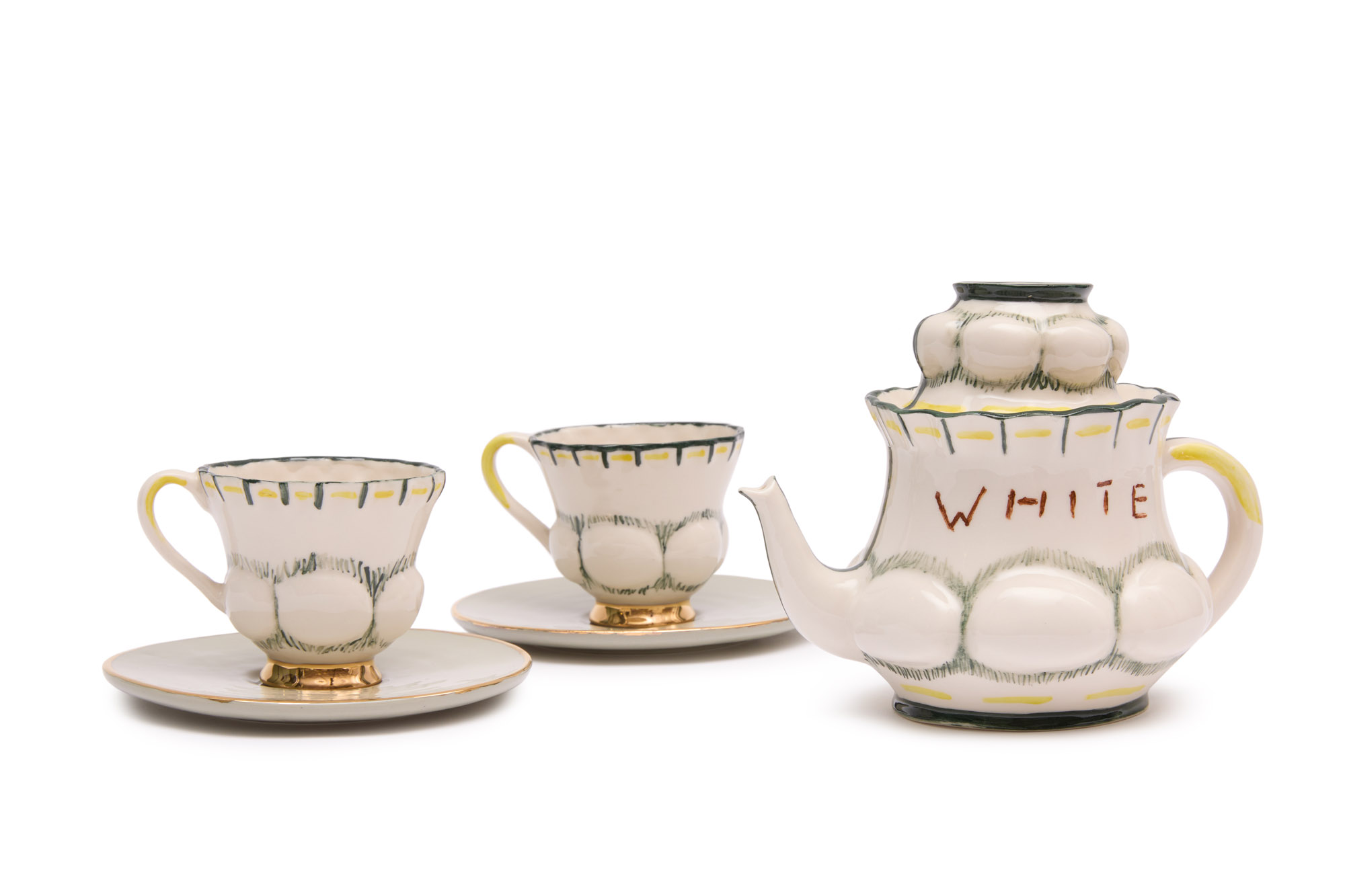 25 artists reimagine the teapot at Milan Design Week 2025
25 artists reimagine the teapot at Milan Design Week 2025Come to Loewe’s cross-cultural tea party: pots of fun in Milan as artists, designers and architects celebrate the universal comfort of tea
-
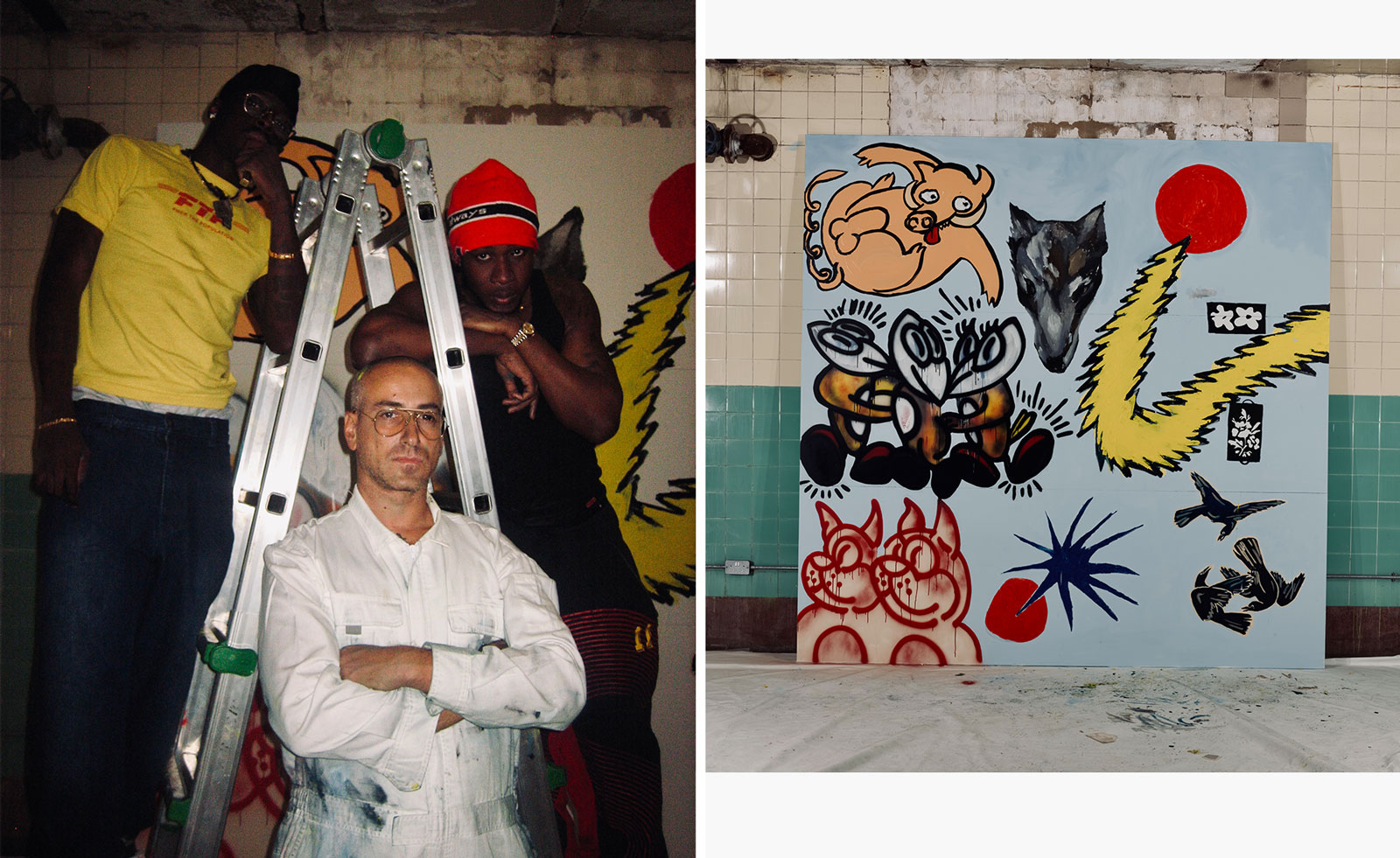 Inside the unexpected collaboration between Marni’s Francesco Risso and artists Slawn and Soldier
Inside the unexpected collaboration between Marni’s Francesco Risso and artists Slawn and SoldierNew exhibition ‘The Pink Sun’ will take place at Francesco Risso’s palazzo in Milan in collaboration with Saatchi Yates, opening after the Marni show today, 26 February
-
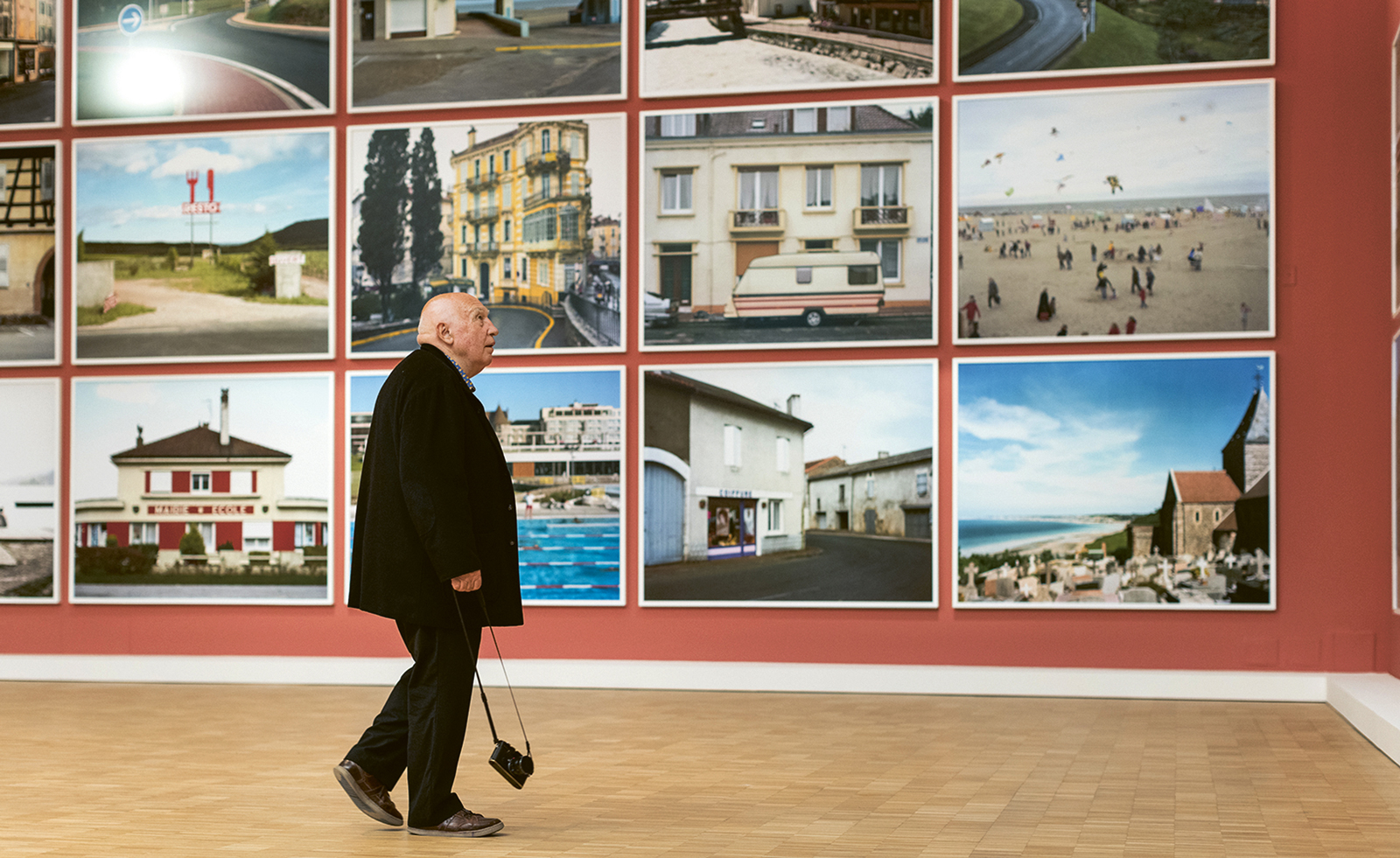 What makes fashion and art such good bedfellows?
What makes fashion and art such good bedfellows?There has always been a symbiosis between fashion and the art world. Here, we look at what makes the relationship such a successful one
-
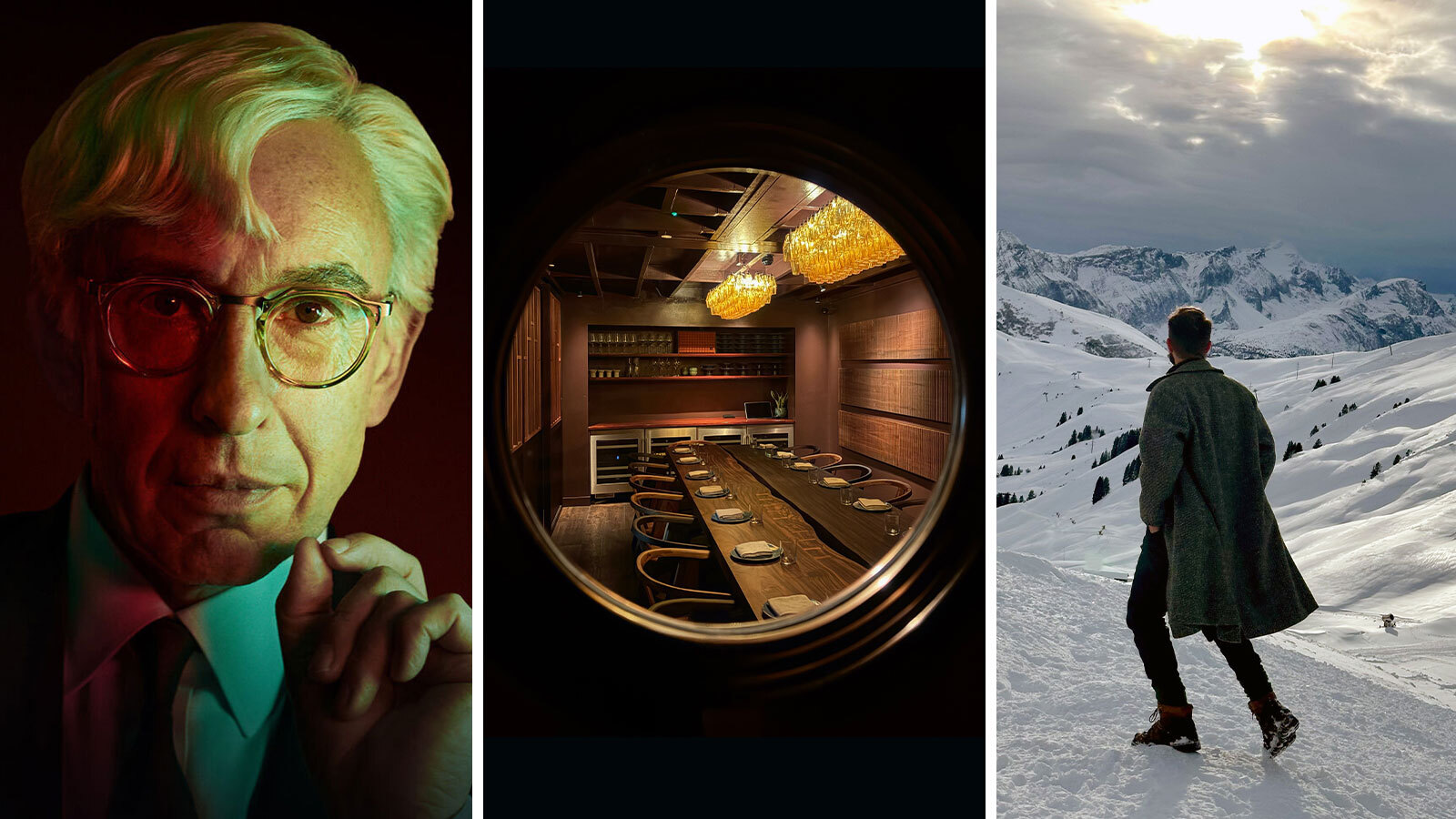 Out of office: what the Wallpaper* editors have been doing this week
Out of office: what the Wallpaper* editors have been doing this weekA snowy Swiss Alpine sleepover, a design book fest in Milan, and a night with Steve Coogan in London – our editors' out-of-hours adventures this week